Urban gardening is transforming city living, allowing people to connect with nature and grow their own food even in densely populated spaces. This beginner’s guide explores how urban environments can become vibrant, green spaces through creative gardening approaches. Whether you have access to a rooftop, balcony, windowsill, or just a small patch of concrete, urban gardening offers an opportunity to reconnect with the earth, improve local biodiversity, and enjoy the satisfaction of nurturing plants. Embracing urban gardening can promote wellbeing, encourage sustainable living, and introduce you to a thriving community of city growers.
Understanding Urban Gardening
01
Unlike traditional gardening, urban gardening must creatively respond to space constraints, limited sunlight, and varying microclimates found in city settings. Enthusiasts adopt innovative strategies—from vertical gardens to hydroponics—to make the most out of available resources. By making careful plant selections and using unconventional containers or structures, urban gardeners successfully cultivate lush, productive environments in even the smallest nooks of a cityscape. The practice also responds to environmental challenges such as pollution and resource scarcity, playing a crucial role in making cities greener and more self-sufficient.
02
Urban gardening has roots in history, tracing back to wartime victory gardens and communal allotments. Over time, it evolved into a modern movement addressing urban food insecurity and climate resilience while beautifying neighborhoods. Today’s urban gardens often emerge from public initiatives, private balconies, or shared rooftops, bringing people together and transforming unused or neglected spaces into thriving, sustainable oases. This evolving trend reflects a growing awareness of the importance of local food production, biophilic design, and environmental stewardship within cities.
03
Gardening in an urban setting offers significant social, environmental, and personal benefits. For individuals, it provides stress relief, improved access to nutritious food, and the joys of plant care. On a broader scale, urban gardening helps mitigate the heat island effect, supports pollinators, and fosters stronger community bonds by encouraging people to collaborate and share resources. Urban green spaces enhance property values and offer educational opportunities for all ages, demonstrating that gardening is as much about cultivating connections as it is about growing plants.
Choosing Your Urban Garden Location
Rooftops, Balconies, and Windowsills
Each urban garden spot brings its own set of challenges and rewards. Rooftops often receive full sun and offer expansive views but may need structural assessments and wind protection. Balconies provide a sheltered microclimate that’s perfect for container gardening, while windowsills present an accessible entry point for the smallest-scale growers. Understanding the microenvironment of your chosen spot—how much sunlight it gets, wind exposure, and weight limitations—helps you design a thriving urban oasis tailored to your living situation.
Community Gardens and Shared Spaces
In many cities, community gardens are a vital resource for those lacking private outdoor space. These shared plots foster a sense of communal ownership, where neighbors collaborate to grow food, flowers, and friendships. Participating in a community garden gives novices the advantage of learning from experienced growers while gaining access to land, tools, and sometimes even seedlings. Shared spaces often come with guidelines for maintenance and plant selection, so new gardeners should get familiar with these rules for a harmonious gardening experience.
Assessing Sunlight and Other Conditions
Not all city spaces receive ample natural light, so it’s important to assess your garden’s daily sun exposure before planting. Many edible and ornamental plants need a minimum number of sunlight hours for optimal growth. Other factors—like wind, temperature fluctuations, and pollution—also play roles in plant health. Urban gardeners can adapt by choosing shade-tolerant varieties, using barriers to control wind, or employing ingenious solutions like grow lights to compensate for environmental limitations. Careful observation and creativity can overcome most urban challenges.
Selecting the Right Plants
Edible Plants for Urban Spaces
Many vegetables, herbs, and fruits adapt well to container cultivation, making them ideal for city dwellers. Salad greens, tomatoes, peppers, and aromatic herbs can flourish on balconies or windowsills if cared for properly. Dwarf or bush varieties of fruit trees and berry bushes are specially bred for confined spaces. Starting with reliable, fast-growing crops helps build confidence for beginners and ensures regular harvests. Exploring different edible plants expands your gardening skills and offers the reward of fresh, homegrown food.
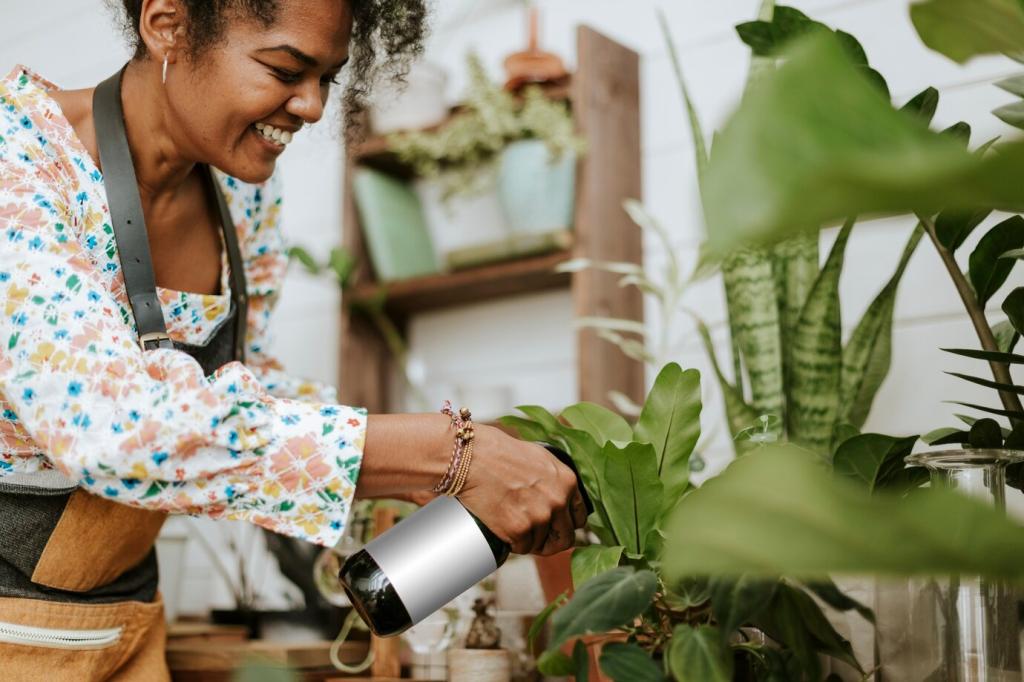
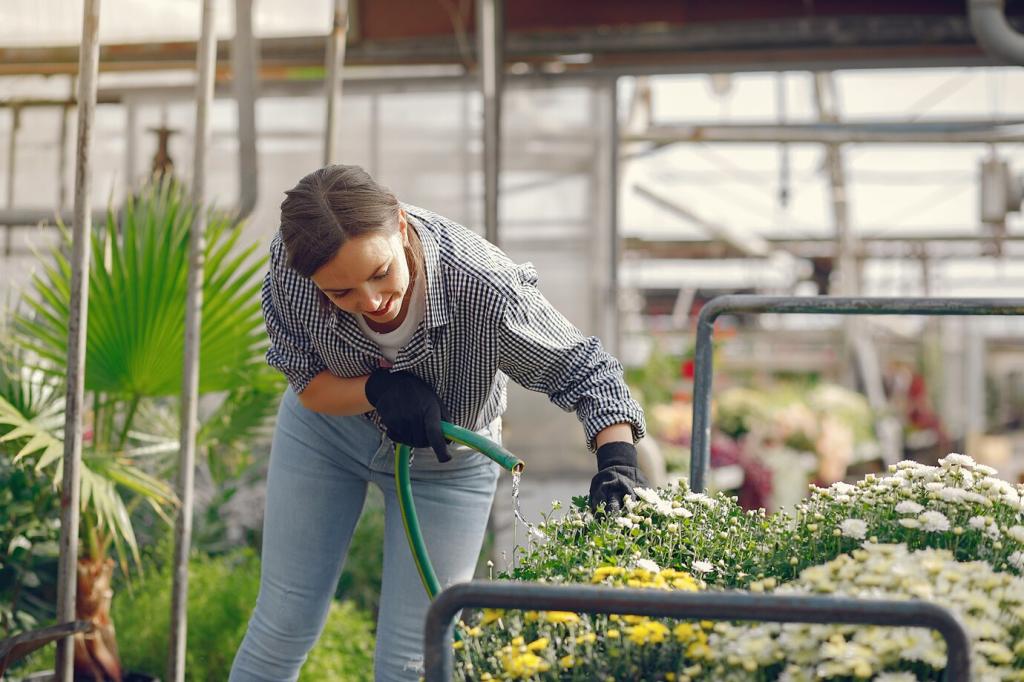
Making the most of limited areas is central to urban garden design. Vertical gardening techniques, such as trellises, wall-mounted planters, and hanging baskets, enable gardeners to grow upwards and multiply the space for cultivation. Compact containers and tiered arrangements utilize every inch, allowing for more plant diversity. Strategic use of mirrors or light colors can visually expand confined gardens, creating a sense of openness and tranquility despite the city’s bustling backdrop.
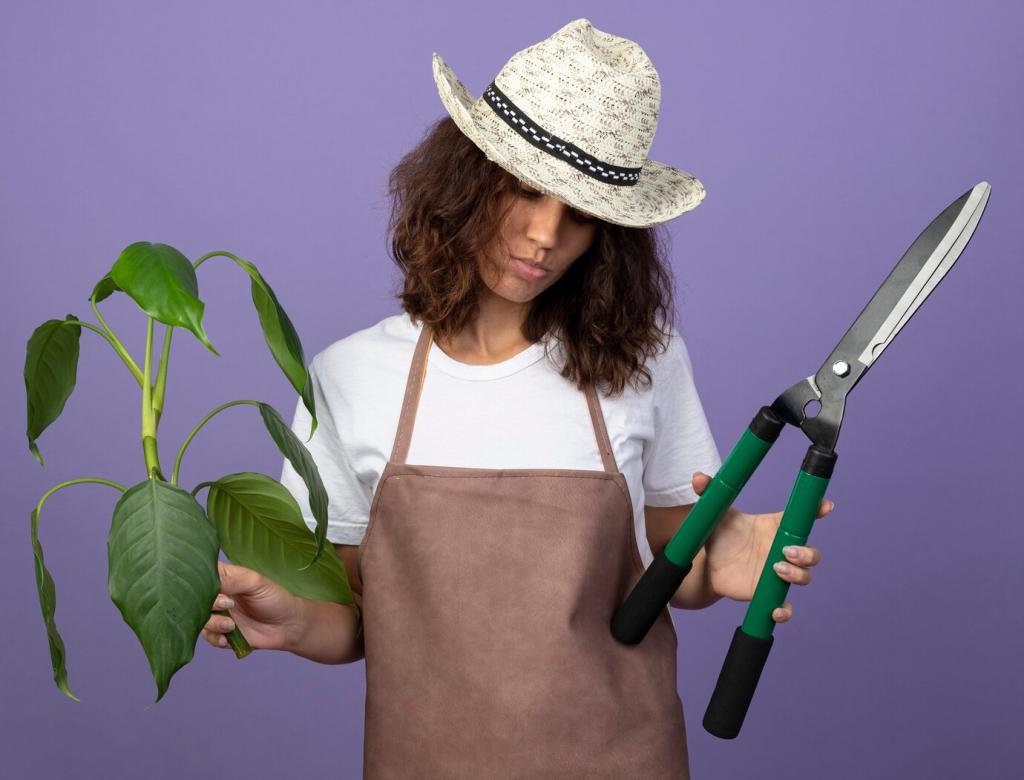
Urban gardening often relies on innovative and repurposed containers due to a lack of traditional garden beds. Options range from self-watering planters, fabric grow bags, and recycled buckets to purpose-built indoor hydroponic systems. Upcycling materials not only saves money but also adds a unique, personal touch to your garden. Containers must offer proper drainage and fit the root needs of your selected plants, ensuring healthy, vigorous growth while blending with your home or balcony decor.
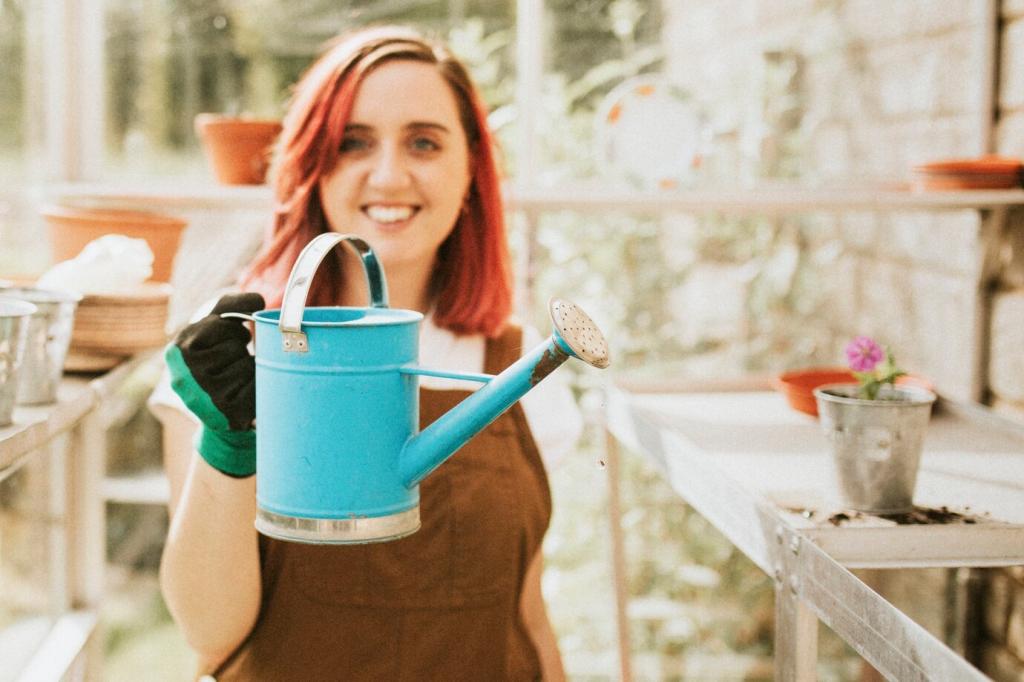
Ease of access and routine care are vital to long-term gardening success in the city. Design your garden so that watering, harvesting, and pruning can happen without difficulty. Pathways, shelving, and movable pots make tasks more manageable in tight quarters. Grouping plants with similar needs simplifies daily chores and optimizes resource use. Consider safety and convenience, particularly for rooftops or high balconies, and incorporate features like railing planters or clipped-on tools to streamline your urban gardening routine.
Previous slide
Next slide

Nurturing Your Garden: Basics of Care
Regular watering is central to plant health, but urban gardeners must be mindful not to overwater containers, which can lead to root rot and disease. Observing soil moisture, providing even hydration, and using organic fertilizers support vigorous growth. Timed-release fertilizers or liquid feeds offer an easy way to deliver nutrients in small, controlled doses suited to compact spaces. Monitoring your plants’ appearance for signs of stress or deficiency allows for quick intervention and better long-term results in your urban plot.
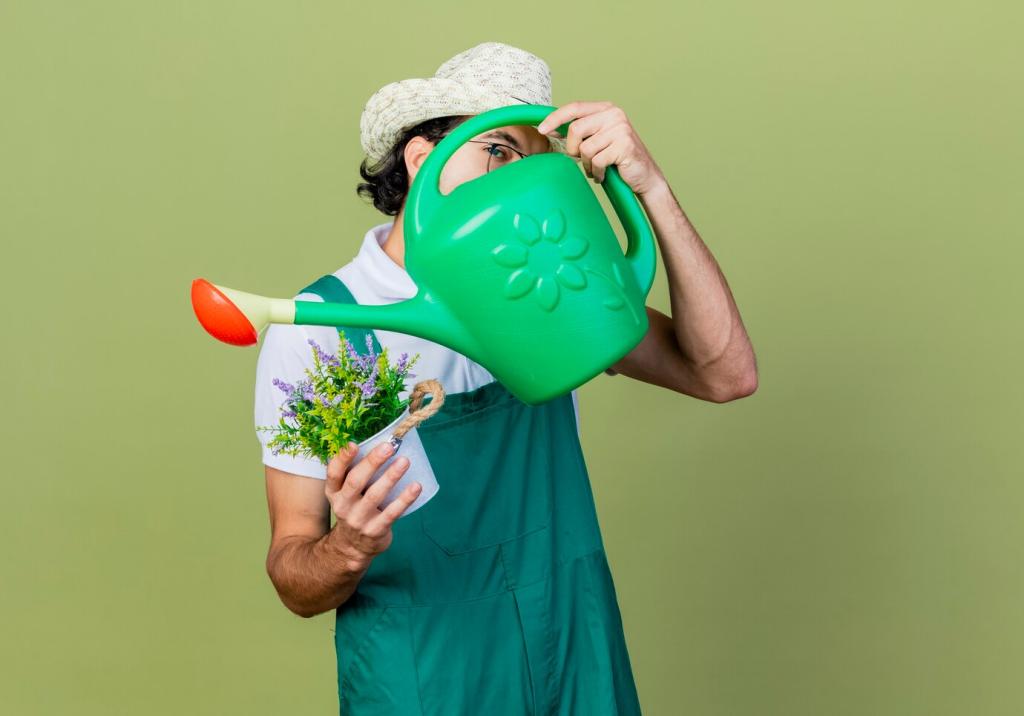
Sustainable Practices in Urban Gardening
Composting and Recycling in the City
Even in the smallest apartments, composting is possible through countertop bins, worm farms, or communal collection programs. Converting kitchen scraps and garden waste into rich compost closes the nutrient loop, reducing garbage sent to landfills and providing valuable food for your plants. Recycling containers, trellises, and materials further minimizes waste and encourages eco-friendly creativity in design. Each sustainable step accelerates your garden’s impact while celebrating resourcefulness and environmental responsibility.
Conserving Water and Energy
Resource efficiency is crucial in urban gardening, where supplies may be limited or costly. Water-saving techniques, such as mulching, drip irrigation, and rainwater collection, keep plants hydrated with minimal waste. Growing drought-tolerant species and using energy-efficient grow lights or timers for indoor gardens further lower your environmental footprint. Simple shifts in your daily gardening routine—like watering in the early morning or grouping plants by water needs—add up to substantial resource savings over time.
Supporting Urban Biodiversity
Urban gardens play a vital role in supporting city wildlife by offering food and shelter for pollinators, birds, and beneficial insects. Native plant species often require fewer resources and provide the best support for local ecosystems. Creating varied habitats—from flowering containers to insect hotels—invites more life into the cityscape. By nurturing diversity, urban gardeners help restore ecological balance, beautify their surroundings, and build resilient, interconnected communities centered around nature.
Join our mailing list
